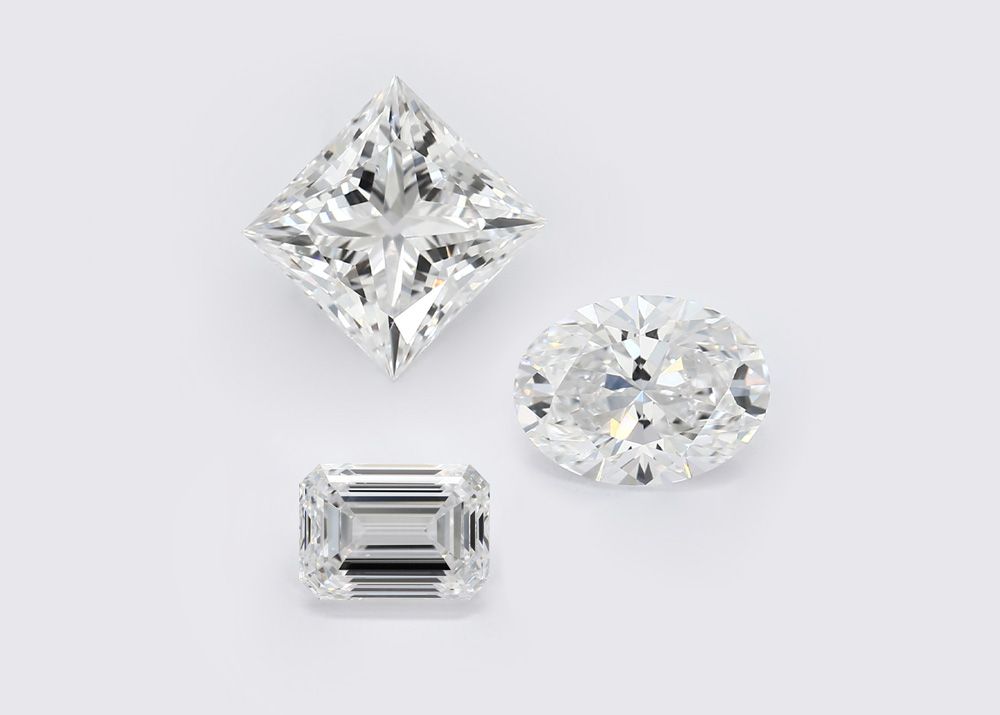
Are Lab-Grown Diamonds "Real?"
In an ever-changing gem marketplace, one of the newest additions to the diamond world is the lab-grown stones. Historically, diamond simulants like Cubic Zirconia (CZ) and moissanite offered customers a chance to wear something white and sparkly without having to buy a natural diamond.
In the last few years, a new type of lab-grown diamond has come to market. The lab manufacturers call it a “diamond” because, chemically speaking, it has the hardness of natural diamond and the same chemical makeup. Lab-grown diamonds are made from highly-pressurized carbon, which mimics—but is far from identical—to the same growth process in a natural stone. Lab-grown diamonds take months to grow. Natural diamonds take millions of years and come from deep in the Earth’s mantle. Lab diamonds are grown into rough, which is sent to India (the world’s major diamond cutting center) to be cut and polished, just as natural diamonds are. Lab-grown diamonds have inclusions in them, although natural diamonds have a wider variety of inclusions.
So are the lab-grown stones diamonds or not? The marketers insist that there should be no distinction between a mined diamond and a lab-grown in the eyes of the consumer. Yet, the jewelry and gemology world goes to great pains to identify which diamonds are natural (mined) and which are lab-grown because no one wants to inadvertently sell a lab-grown as a natural.
Natural, mined diamonds are much pricier than lab-grown because naturals have been coveted since they first became unearthed, some 2000 years ago. Many factors go into natural diamond pricing in comparison to lab-grown stones. However, natural diamonds have a stronger resale value. A fine, mined diamond is still far rarer than a lab-grown and most people find it more romantic to own a piece of nature. But many people are coming around to lab-grown because one can often get a larger, whiter diamond for the same money or less and bling matters.
Lab-grown makers cite the more benign environmental effects of growing their stones, yet the technology to grow a stone uses a lot of energy 24 hours a day, plus microwave heat to replicate the growing environment of natural stones. Environmental effects from a mining operation are huge, even when responsibly done.
One advantage for my clients is that the same money buys a much larger lab-grown diamond, so if size is important and the budget is crucial, lab-grown might be a good choice.
Feel free to call with questions or if you want to explore this further.
Hooray for spring!
Diana
